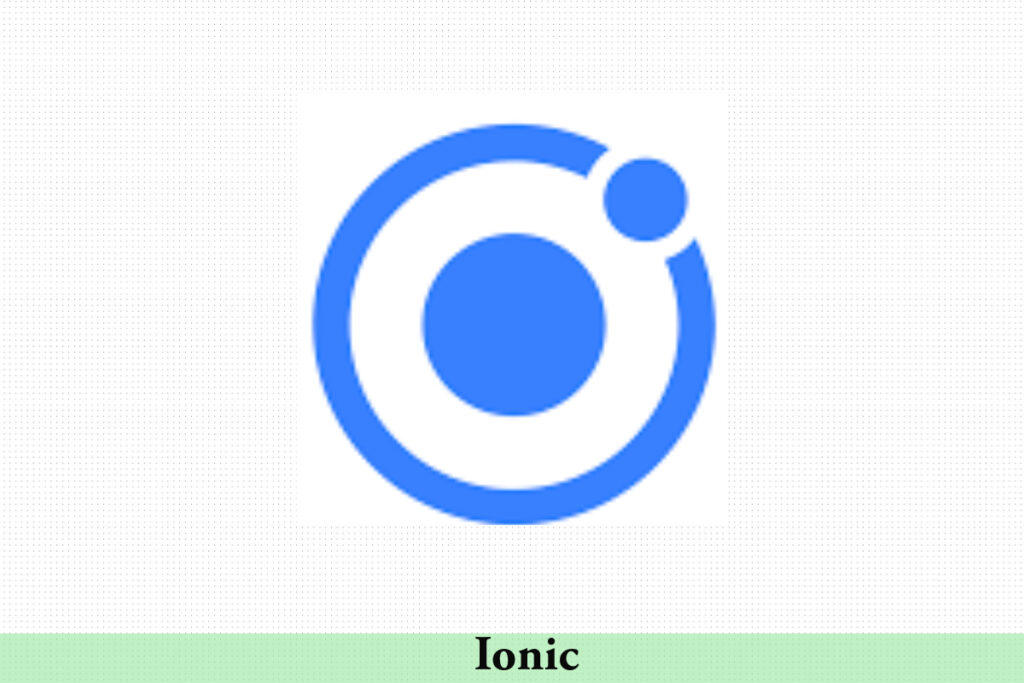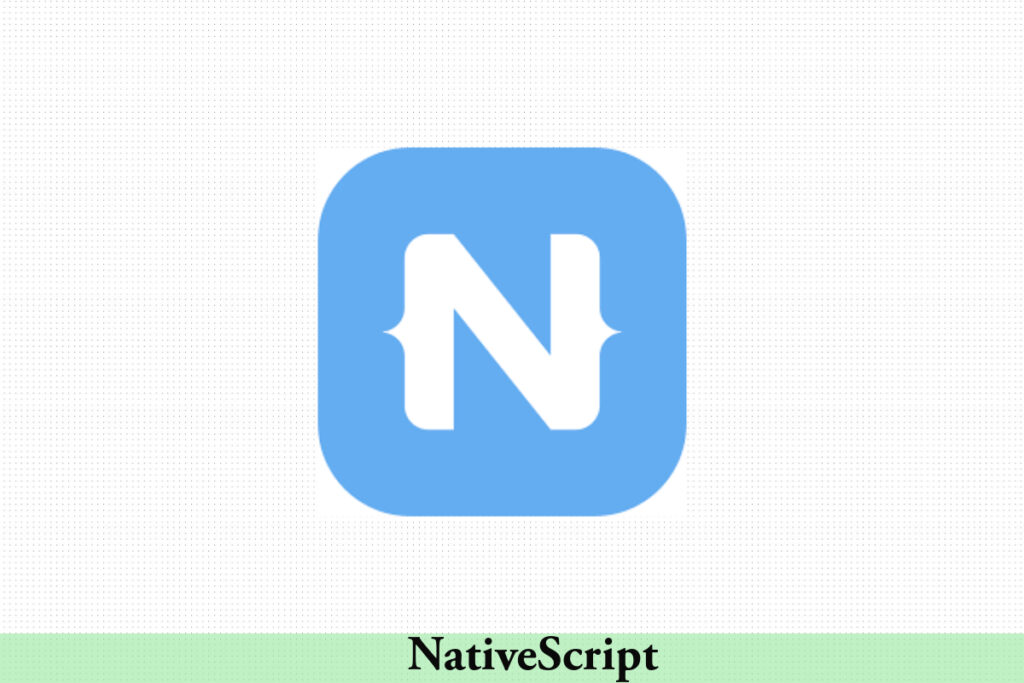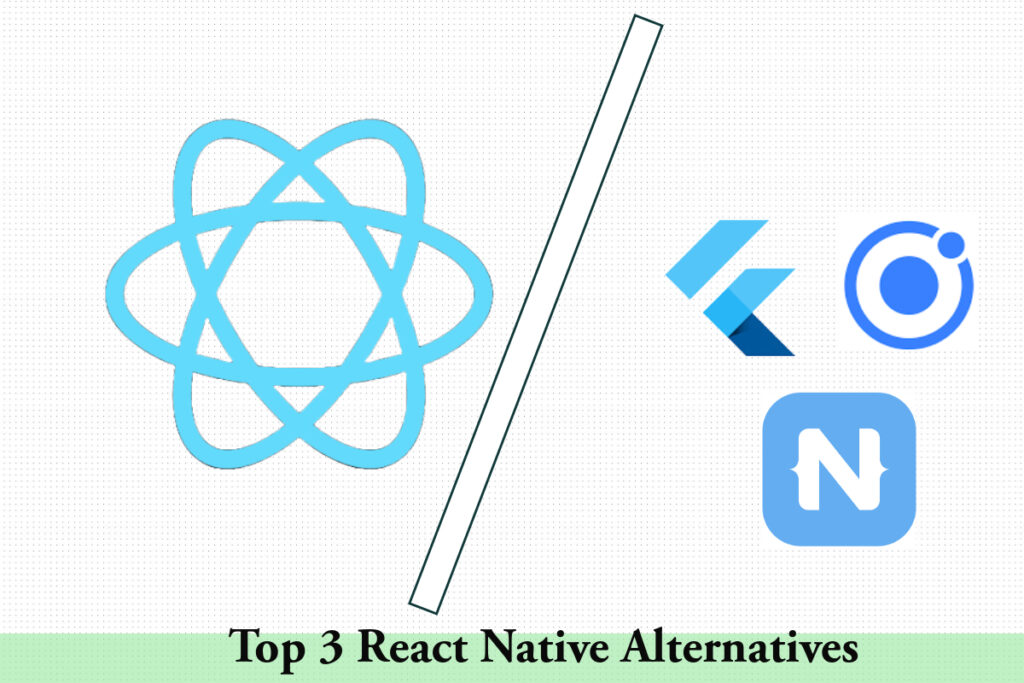Have you ever wondered how mobile apps are created, and whether mobile app development is the same as web development? And you are confused about which framework to choose from as there are a lot of options out there.
If so, you’re in the right place, I can help you choose the right framework to build your first mobile application. And if you have already worked with one, I can help compare it with other popular frameworks that are out there.
So, without wasting any more time. Let’s simply dive in.
What is React Native?
React Native was introduced by Facebook (now Meta) in 2015, It changed the game by letting JavaScript developers build apps that look and feel like native ones. Big companies such as Meta, Microsoft, Amazon, Shopify, Discord, and Airbnb have used it to build their apps.
React Native definitely is powerful but it’s not perfect for every project. Let’s take a look at some of its limitations.
React Native’s Technical Limitations
Despite its popularity, React Native presents several technical challenges that make it unsuitable for certain development scenarios.
For Example:
Design Inconsistencies Across Devices
React Native uses a layer between your JavaScript code and the phone’s native UI. That sounds great—until your app shows up a bit off on certain devices because of differences in screen sizes or resolutions. Getting that perfect design everywhere? Not so easy with react native.
Struggles with Complex Gestures
Drag, pinch, zoom, multi-touch… These interactions need to be smooth and instant. React Native uses a “bridge” to talk to native code, and that can introduce lag—not ideal when gestures are key to the app’s experience.
Heavy Graphics means Slower App
Fancy animations and graphics? React Native can certainly do them——but again, because of the bridge, performance may suffer. If your app has a lot of high-end visuals, you might notice frame drops or slower animations.
Background Tasks Can Be Tricky
If your app needs to sync data constantly or send updates in the background, React Native’s single JavaScript thread can become a bottleneck. That means your app might slow down or miss timely updates.
Because of these disadvantages/limitations of React Native alternatives are there.
3 Best React Native Alternatives
1. Flutter

Flutter was released by Google in 2017. It has quickly gained popularity in the development community. Unlike React Native’s bridge-based approach, Flutter employs a fundamentally different architecture.
Technical Implementation
Flutter uses a programming language Called as Dart that checks for errors before the app runs (this is called statically typed). Dart is built to work really well for apps that run on phones, tablets, and even computers.
Flutter does not rely on a “bridge” (like React Native does) to talk to the device. Instead, it uses its own drawing engine called Skia to directly paint everything you see on the screen. This makes apps faster and more consistent across different platforms.
Flutter also builds its user interface (UI) using small building blocks which are called widgets. You can combine these blocks together to make a more complex design. This way of building is called composition, and it is easier to manage than traditional methods that use long chains of inheritance.
When you’re ready to launch your app, Flutter compiles your code ahead of time (called Ahead-of-Time or AOT compilation) into fast, native machine code for the device. This makes the final app run smoothly and quickly.
Developer Experience
Flutter also comes with one important feature called Hot Reload, which lets the developers see changes in real time without restarting the entire app. This speeds up testing and UI design.
Ecosystem & Community
Flutter is backed by Google, which ensures strong long-term support for the framework. The community is large and growing by the day, with lots of open-source packages, UI templates, and plugins that are out there.
Notable Implementations by Big companies–
- eBay
- MW
- Alibaba
- ByteDance
2. Ionic

Ionic was Launched in the year 2013 by Max Lynch, Ben Sperry, and Adam Bradley of Drifty Co, Ionic represents a web-centric approach to cross-platform development. It leverages standard web technologies to create hybrid applications.
Technical Implementation
Ionic apps run like websites inside a mobile app.
Originally, Ionic was built using AngularJS and a tool called Cordova, but now it also works with React and Vue.js, making it more flexible for different developers (sounds cool!!).
To use features like the camera or GPS on your phone, Ionic uses a system of plugins. The modern version of this is called Capacitor, which acts as a bridge between your web code and the phone’s native features.
Ionic also comes with a set of pre-made components (like buttons and sliders) that automatically adjust their style to look right on each platform—like iOS or Android—so your app feels native to both.
Developer Experience
One of Ionic’s main strengths is rapid development. You can use all the tools you already know from web development (like Chrome DevTools, npm) and build apps quickly.
It also allows live reload during development—so you can see your changes instantly, just like when building websites.
Ecosystem and Community
Ionic has a large developer community and tons of ready-made plugins and UI themes. The team behind Ionic also actively supports and maintains Capacitor, giving you modern tools and good long-term support.
Notable Implementations:
- T-Mobile
- IBM
- Southwest Airlines
3. NativeScript

NativeScript lets you build mobile apps using JavaScript, TypeScript, or Angular, and the cool part is—you can talk directly to the device’s native features (like the camera or GPS) without needing extra tools or plugins.
Technical Implementation
Instead of running inside a WebView (like Ionic) or using a bridge (like React Native), NativeScript uses a JavaScript engine that’s already built into each platform:
- On iOS, it uses JavaScriptCore.
- On Android, it uses V8.
Because of this setup, NativeScript can use the device’s real native UI components, just like apps written in Swift or Kotlin. No fake or web-based buttons—everything looks and works like a real native app.
And when you want to use features like the camera, NativeScript automatically connects your JavaScript code to the phone’s native code, so you don’t need to install extra plugins for most things.
Developer Experience
You can write your entire app using:
- JavaScript or TypeScript
- Optionally use Angular or Vue.js (via NativeScript-Vue)
NativeScript also provides a live-reload experience during development—just like in web dev—so you can see your changes on the device as soon as you save your code.
Ecosystem & Community
NativeScript has a solid, growing ecosystem that helps developers build, extend, and maintain cross-platform native apps using web technologies.
Notable Implementations-
- ActiveLook
- Globant
- Groov
- Coursera
Quick Comparison Table of Reactive Native with its Alternatives
| Framework | Language | Best For |
| React Native | JavaScript | General-purpose native-like mobile apps |
| Flutter | Dart | High-performance apps with complex UIs |
| Native Script | JS/TS, Angular, Vue | Native apps with direct access to device APIs |
| Ionic | HTML, CSS, JS/TS | PWAs, fast prototyping with web skills |
Final Thoughts on React Native Alternatives
Choosing the right cross-platform framework depends on what your app needs, what your team is good at, and how much time or budget you have.
React Native is still very popular because it’s been around for a while and has a big community. But other options like Flutter, Ionic, and NativeScript are great choices too, depending on the project.
- Flutter is best for apps that need fast performance and some complex designs.
- Ionic is great if you want to build apps quickly, and your team already knows web technologies like HTML, CSS, and JavaScript.
- NativeScript is useful when you need deep access to native device features without giving up the benefits of writing shared code.
All of these tools are getting better over time. As a developer, it’s important to understand how each one works and what it can or can’t do—so you can choose the one that fits your app and future plans best.
